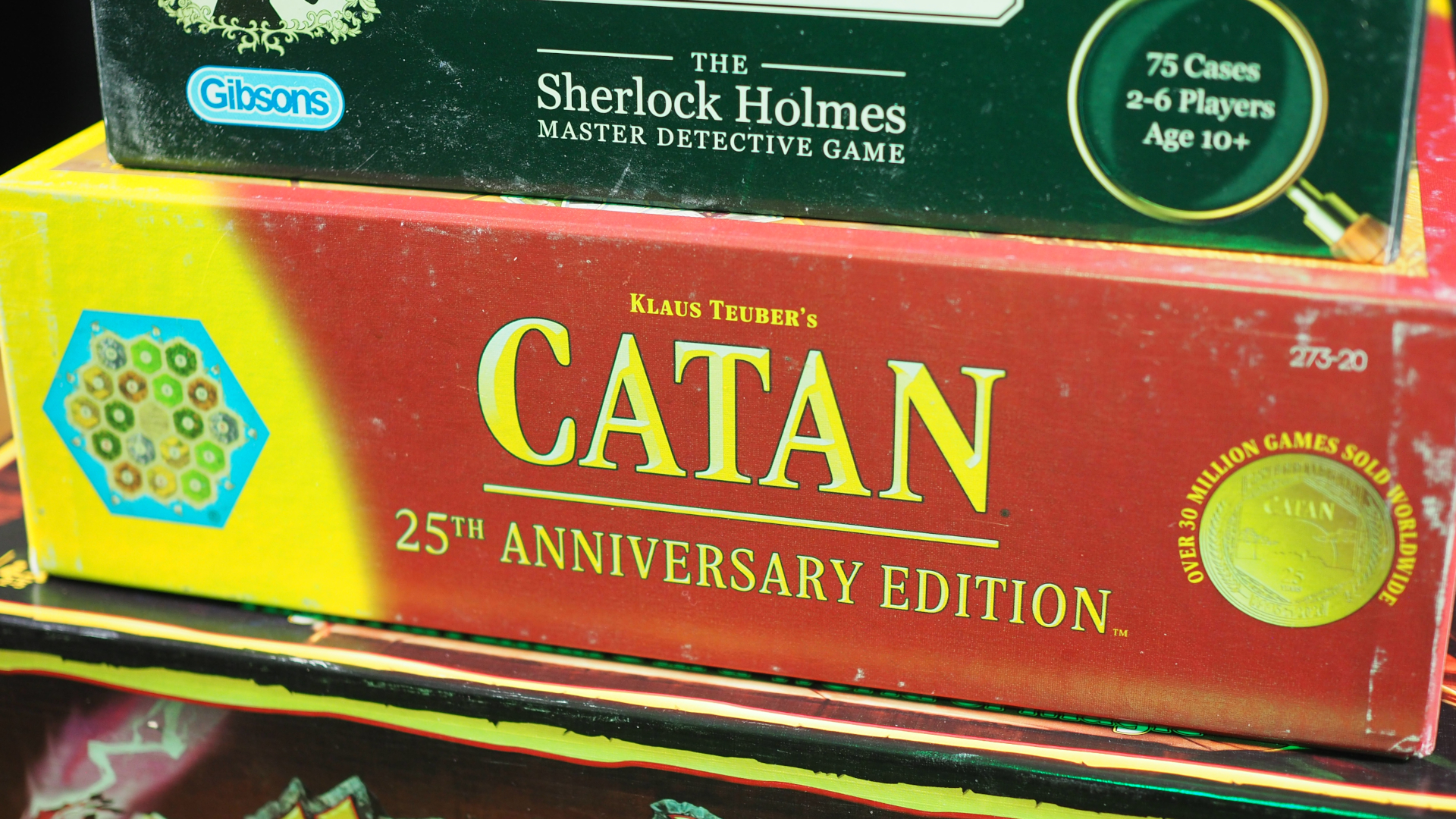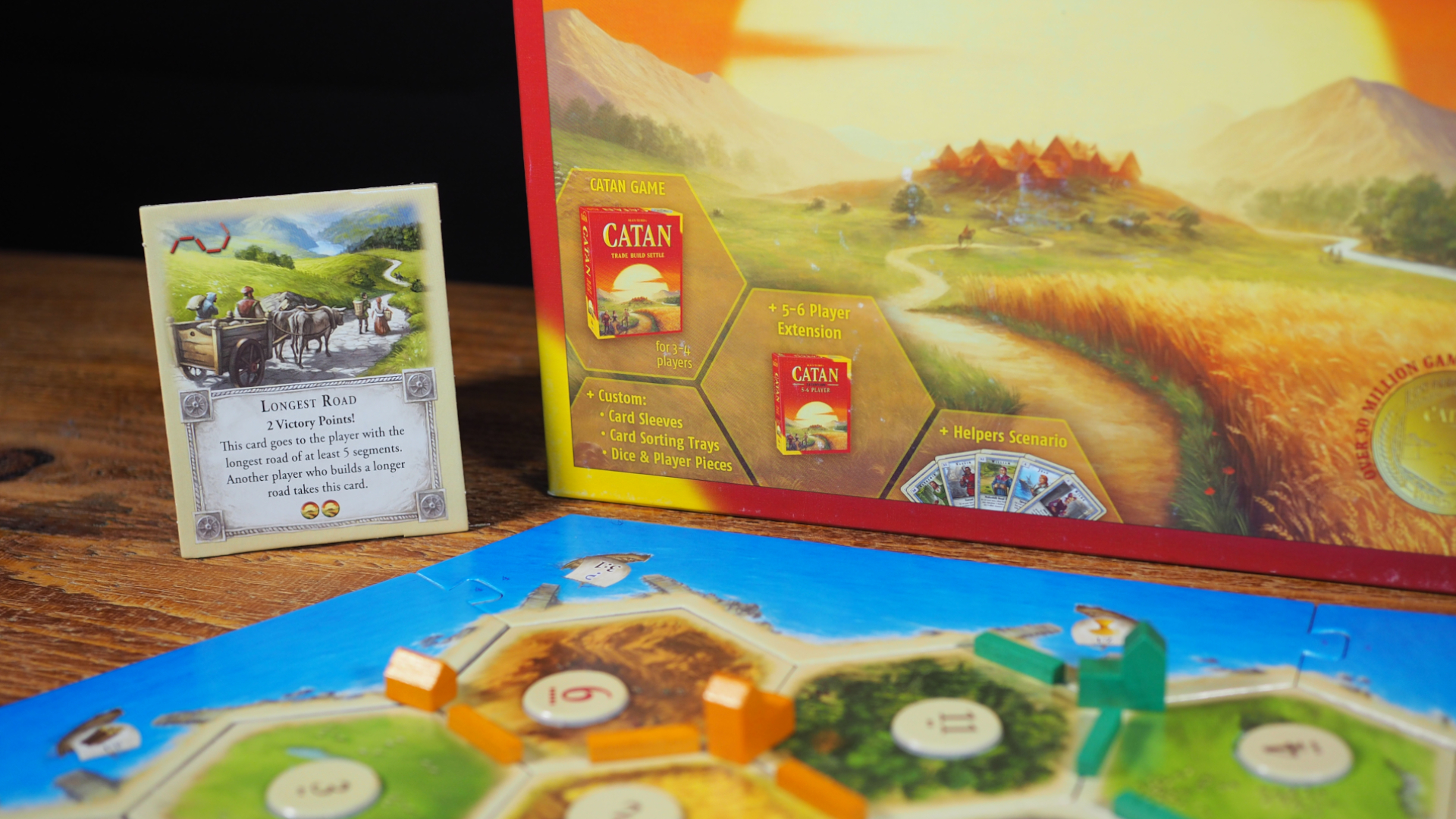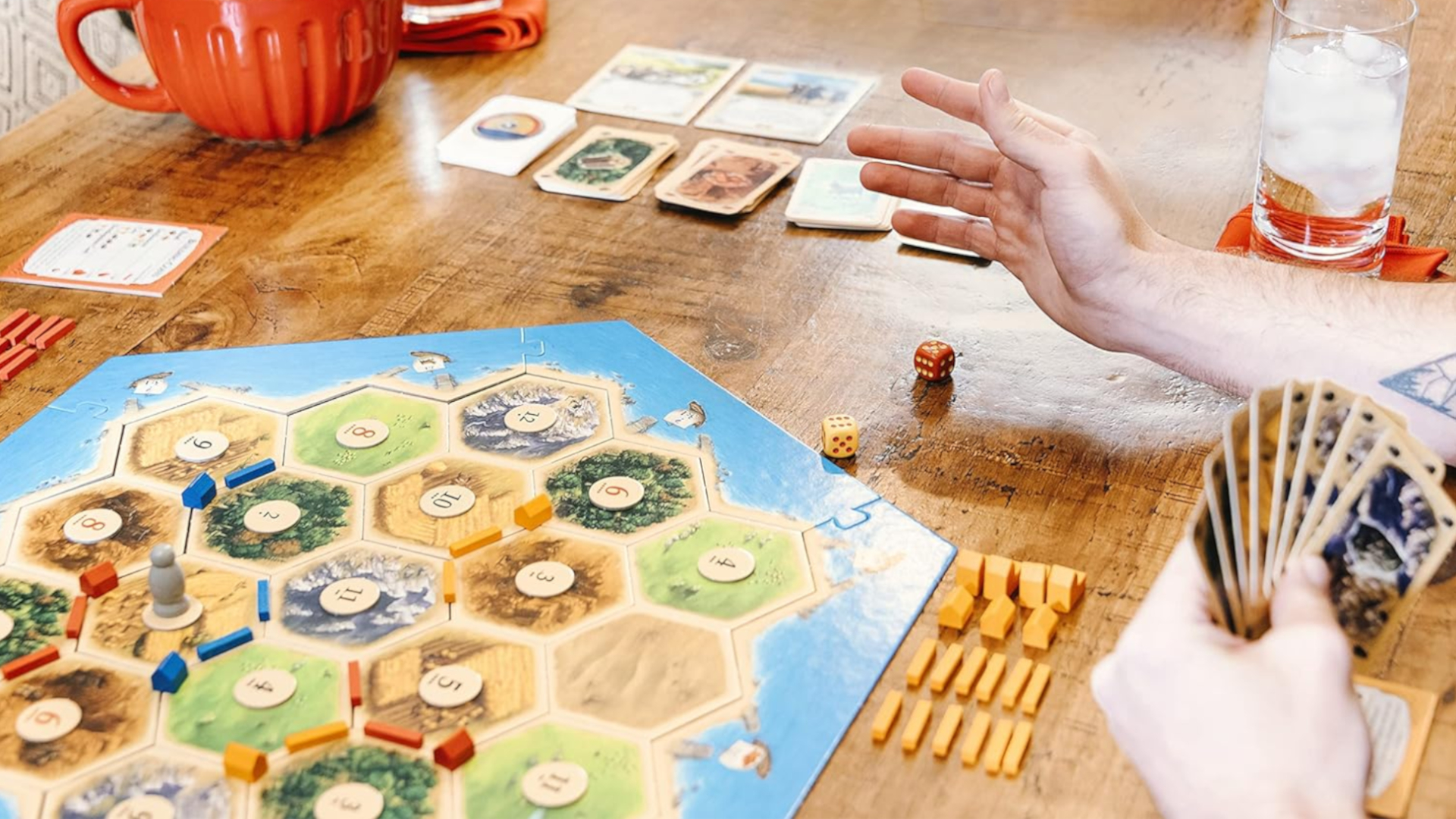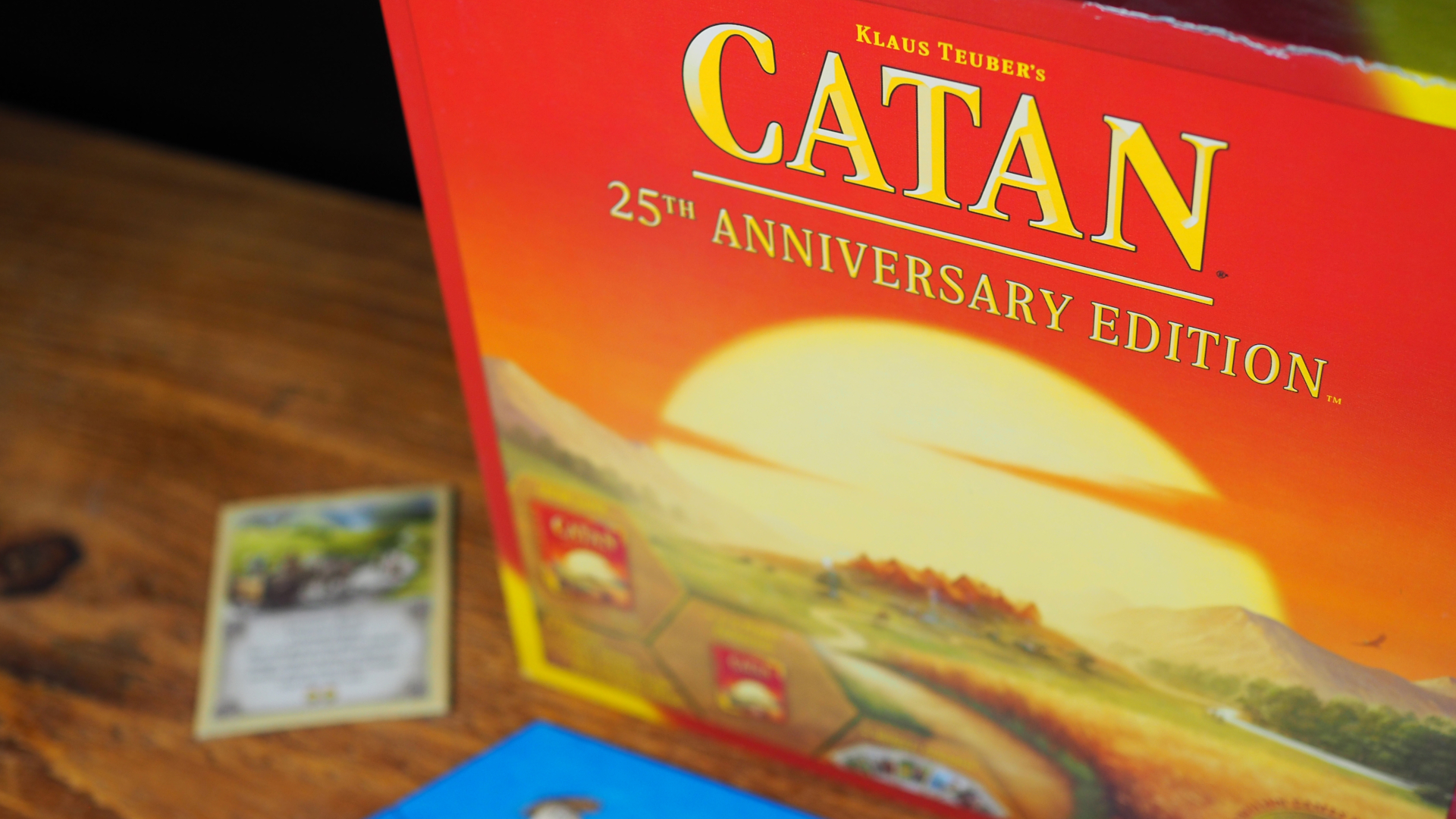How Settlers of Catan changed board games forever

With over 40 million copies sold worldwide today, The Settlers of Catan is one of the most successful and arguably best board games ever to land in the tabletop gaming space. Designed by the late Klaus Teuber, Catan started as a passion project that, over its 29 years of existence, has branched off into a sea of expansions, spinoffs, scenarios, adaptations, and themed series', as well as card games and digital adaptations. But what started it all off? How deep does the Catan iceberg go, and where does it stand today?
If you're looking for a brief history of The Settlers of Catan, this overview should give you an idea of just how expansive the game has become, and how much care and attention went into its design.
Overcoming the Mickey Mouse hurdle

When the idea for Catan struck in 1990, Teuber was at the height of his career leading a dental laboratory in Darmstadt, Germany. In the evenings, he would spend his time designing board games in the basement of his family home. "Developing board games was a little bit of a refuge for me," Teuber notes in an interview with Great Big Story. It was little more than a hobby, though that hadn't stopped two of his previous games – including high-fantasy clay moulding game, Barbarossa (published by Kosmos) – from snapping up the Spiel des Jahres prize. That's Germany's Game of the Year, and a big deal in the board game world.
With the Spiel wind still in his sails Teuber found himself inspired once again, this time by the economical struggles of the Viking people's journey to Iceland. Over the course of the next four years Catan took shape with the help of his two sons, Guido and Benjamin, who acted as his most trusted playtesters. "Sometimes he put a Mickey Mouse comic next to my chair so, in case the game was boring, he knew that I would read it instead of playing the game," Benjamin tells GBS. Considering Benny's interest became something of a rivalry with his dad over who was the best player, it's safe to assume that Mickey Mouse comic still sits untouched on their dining room table today.

You could say that modern board gaming found its origin in Catan; it kickstarted the 'Eurogame' genre, which introduced multiple ways to win, less reliance on randomness, and less player conflict overall. This is one of the most enduring and popular types of board games today, so Klaus Teuber's classic irrevocably changed the industry.
Once The Settlers of Catan was finally in a state to publish, it was picked up by Kosmos in 1995. In its first year the game enjoyed incredible successes, winning Germany's Deutscher Spiele Preis and bagging Teuber yet another Spiel des Jahres award, as well as the Essen Feather prize.
At the time, the game was considered a little more grounded than other big games in the space. With less sword and sorcery, more historical accuracy, it was able to enchant a wider, more mainstream audience. Today, countless players consider it their 'gateway' board game or one of the best family board games – the one that got them into tabletop gaming – for just this reason. Thanks to this mass appeal, The Settlers of Catan quickly became a household name in Germany.
At the turn of the Millennium, Catan started gaining popularity overseas. Thanks to its internet presence, it soon garnered interest as it spread across Silicon Valley, with big-wigs like Mark Zuckerburg and John Lilly even considering themselves Catanians. In 2015 the game gained the title of Game of the Century at GamesCom, Vegas. To put all this into perspective, Catan wasn't just popular… It had sparked the birth of a major phenomenon. Catan is considered such an immense landmark of the hobby that, in certain circles, the years prior to and following its release are referred to as B.C. and A.C. (Before Catan and After Catan).
Weekly digests, tales from the communities you love, and more
An expansive gameworld

Over the years Catan has seen more than 30 expansions, including a two player version (against the usual 4–6 players) and one that expanded the maximum number of players to six, so players could squeeze more of their pals around the table at once. It didn't stop there, though. The largest game of Catan, which took place in the Netherlands in 2017, involved 1,096 players and broke the Guiness World Record for the number of people playing Catan at once. I imagine it took a good while to get a round in, though.
Catan's expansions have brought a boatload of new themes to the game, too. Everything from Arthurian Knights, to Pirates, and even Barbarians now roamed the fabled shores of Catan, with scenarios that propelled its legacy through the ages. Players now had the opportunity to build the pyramids of Egypt, the Great Wall of China, and even the legendary city of Atlantis. There are both Star Trek, and Game of Thrones spin-offs in its repertoire, alongside more than 50 localized game versions, and countless digital döpplegangers (some official, some not so official). There was even a series of Catan plushies released, based around the game's resources, known as Catanimals.
Referred to colloquially as Catan for a good deal of its lifespan, it wasn't until the game's 20th anniversary in 2015 that it would finally be rebranded as such. Today, the game continues to be heralded for its simple elegance, and for ushering us into the age of the Eurogame. So here's to Catan's huge contributions to a board game economy that's still thriving, despite our increasingly digital world.
For another jaunt down memory lane, why not check out how the first edition of D&D conjured magic from a mess, and changed gaming forever. As for something new to play, don't miss the best adult board games or the best classic board games.

Katie is a freelance writer with over 5 years experience covering everything from tabletop RPGs, to video games and tech. Besides earning a Game Art and Design degree up to Masters level, she is a designer of board games, board game workshop facilitator, and an avid TTRPG Games Master - not to mention a former Hardware Writer over at PC Gamer.


